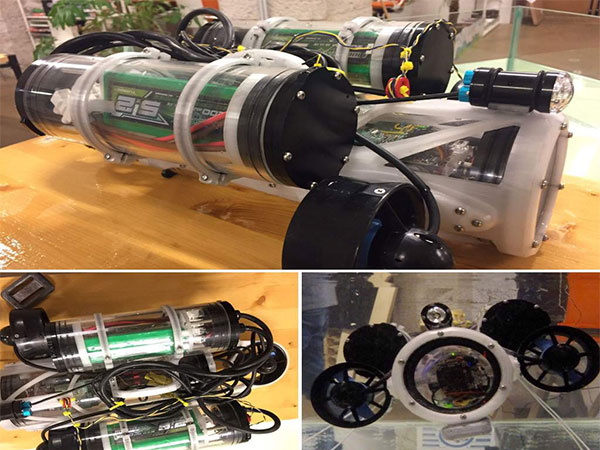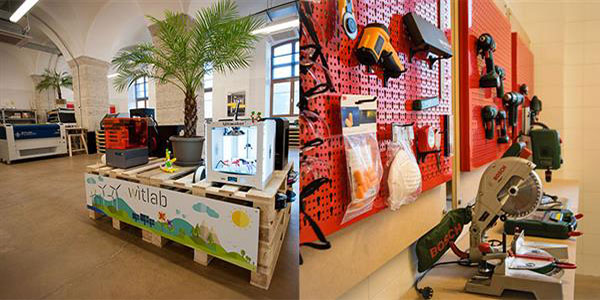Being a small robotics system designed for recording visuals under water, ROV technology also met 3D technology. Printed with the support of 3D, ArcheoRov completed its first with success.
Austria based Innsbruck University realized a very significant production that will affect many science projects. Making a ROV(Remotely Operated Vehicle) developed for recording images under water, the team benefited from 3D technology for the first time.

The ArcheoRov is an underwater ROV (Remote Operated Vehicle). It doesn’t seem too intimidating at first – it’s less than 60cm long, and it’s not super speedy. But it can “swim” like a fish, instead of remaining stationary in one spot, and is 3D printed. WitLab’s Dr. Emanuele Rocco, one of the creators of ArcheoRov, explained that what’s really impressive about it is the acceleration of the design – from concept to delivery, the customized ArcheoRov only took ten weeks. The ArcheoRov hardware was designed using Solidworks and software written using Python. The first model, with a camera for navigation and one for 3D shooting, is already available, but WitLab is already back to the drawing board, developing a sonar-equipped version with a thermometer and a mechanical arm.

The team behind ArcheoRov are confident that the affordable swimming vehicle will entice organizations of various shapes and sizes to get involved with the project. Rocco notes that marine biologists, pollution monitoring groups, and even search and rescue teams could benefit from using the new vehicle, which can function as a kind of underwater drone.
According to Witlab’s Dr Emanuele Rocco said; “This is important because by doing so we are enabling the developer community to easily add their custom software extensions or even make the ROV semiautonomous.”